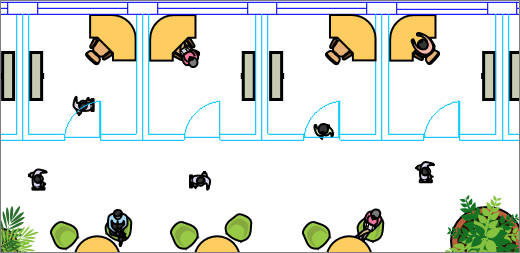

If the machine shop can't handle the larger prints then they shouldn't accept the job. I believe, and was taught, that fewer large sheets are preferabl to lots of small sheets. A colleague & I redrew it on E as I recall on a single sheet, that was a lot clearer.

I've seen I think it was 5 or 6 sheet B size drawing that looked like a bowl of spaggeti or a spiders web, so many lines. While occasionally unavoidable I think having the same view several times doesn't seem like good practice and going by some of the drawings I've seen it on it's almost always difficult to understand. If you try to do it on a B you end up with 2 or more of the same view, each on different sheets, to fit all the dimensions. They have so many dimensions that it becomes an incoherent mess. To draw them on B or even C is virtually impractical. RE: standard drawing scales KENAT (Mechanical)ītrue, we have some parts that are fairly complex. And if I ever catch some old fossil using a scale on my paper CAD drawing, with those notes above added, he and I will have a discussion. I agree, a crapped-up drawing is a crapped up drawing, but the scale doesn't matter for that.

Who cares, as long as the scale relationships between views is maintained.

Then I put a note on the drawing "DO NOT SCALE FROM PRINT". And if not, I put detail views on sheet #2, in whatever scale the CAD system says they are in, but re-lable the scale as "2X" or whatever. A whacked-out scale may be just what is needed to make certain features stand out. "Who cares about your 1/1 model? It doesn't do much for a crammed up (or maybe I should use 2p's) B size draft file." A cluttered print is a cluttered print, and adding sheets is not a no-no in your system, is it? I tend to avoid huge sheet sizes, because many shops will print them or photocopy them to reduced sizes (A or B), and everything then becomes un-readable, regardless of how artistically I placed my views and callouts.
#Scale autocad drawing full#
For simplicity and clarity, CAD users draw buildings at full scale.


 0 kommentar(er)
0 kommentar(er)
